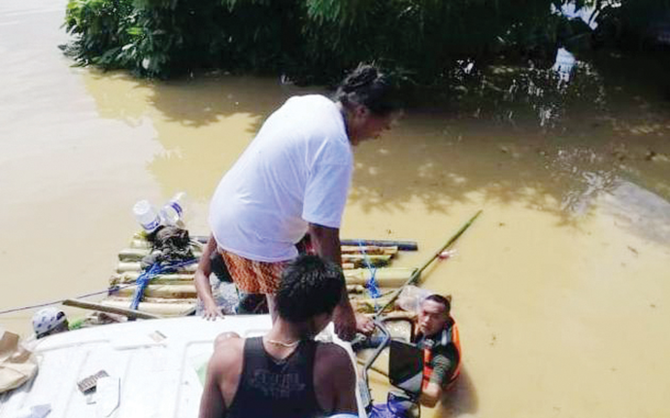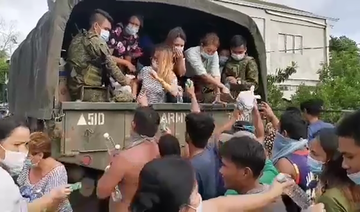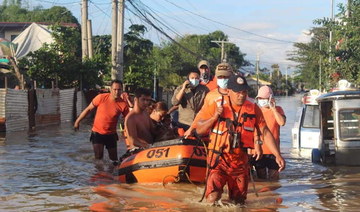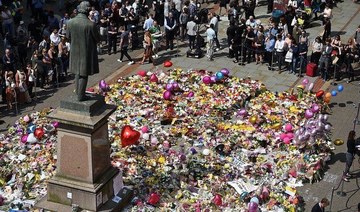MANILA: When deadly Typhoon Vamco struck the Philippines in November, an army soldier in a remote northern part of Luzon Island risked it all to save lives with an improvised rescue raft. Vamco made its first landfall in the Philippines in the late evening of Nov. 11. It was so powerful that all of Luzon was placed under a state of emergency.
Cagayan province in the northeastern tip of the island, although not directly hit, was devastated. Floodwaters engulfed the province, turning it into what officials described as a murky “ocean.”
Army Second Lt. Allan Kenneth Punzalan, a civil-military operations officer of the 77th Infantry Battalion stationed in Cagayan, was dispatched to Tulayan Norte, one of the worst-affected neighborhoods of Tuguegarao City.
“When we arrived in the area about 7:00 in the morning of Nov. 13, we saw that the village was already under water,” Punzalan told Arab News.
Homes and businesses were destroyed, and power lines and communications towers cut off, turning the city into a ghost town.
“From the main (road) you could still walk about 30 to 50 meters to enter the village, but beyond that you already had to swim,” he said, adding that many residents were trapped in their homes as water levels rose.
“The people who managed to immediately evacuate were just there on the highway, unable to help because of the situation.”
The 31-year-old officer, originally from southern Basilan province, called the Provincial Disaster Risk Reduction and Management Office to request a rescue boat, but all were already in use. Seeing water levels rising and desperate people unable to leave their houses, he gathered a group of local men.
“I asked them to provide empty gallons. Also, I saw that there were fallen banana trees that had been swept by the floods,” Punzalan recalled.
He assembled an improvised raft by tying together six banana trees and the empty gallons. The rescue operation could now start, and he immediately entered the murky water and headed to houses where residents said children and the elderly had been trapped.
Hours later, support and a rubber boat arrived from the disaster management agency and more people could be moved to safety.
Punzalan’s quick response was recognized by the army. In a report after the flooding of the Cagayan Valley, Northern Luzon Command (Nolcom) said: “Through his innovative, out-of-the-box thinking, 2Lt Allan Kenneth Punzalan rose above the moment, ferried numerous residents to safer grounds thereby managing to see his mission through despite the limited resources.”
The army said that with his makeshift raft Punzalan saved dozens of lives.
“That moment all I could think of was to find a way to save lives,” the young soldier told Arab News.
“I was worried that the water would still rise so at that time, all I had in mind was how to rescue my fellow men.”























